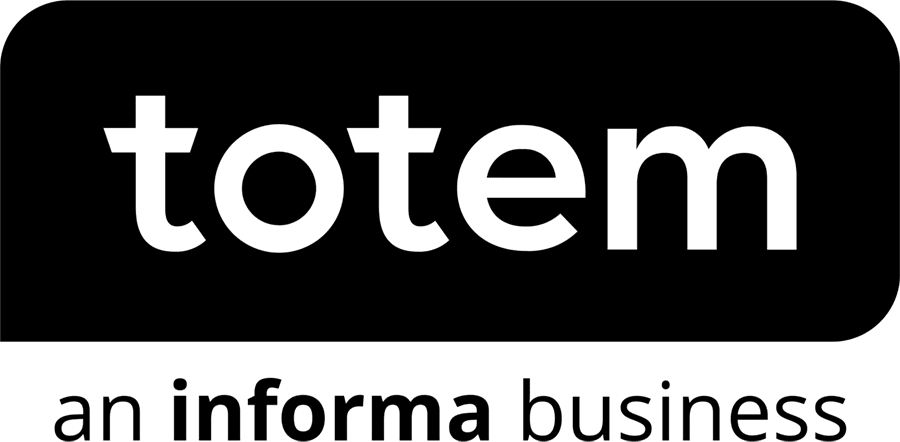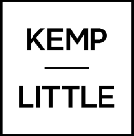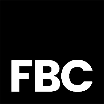The app for every
event, everywhere
We help you maximise engagement to deliver
exceptional event experiences whether
in-person, on-line or hybrid.
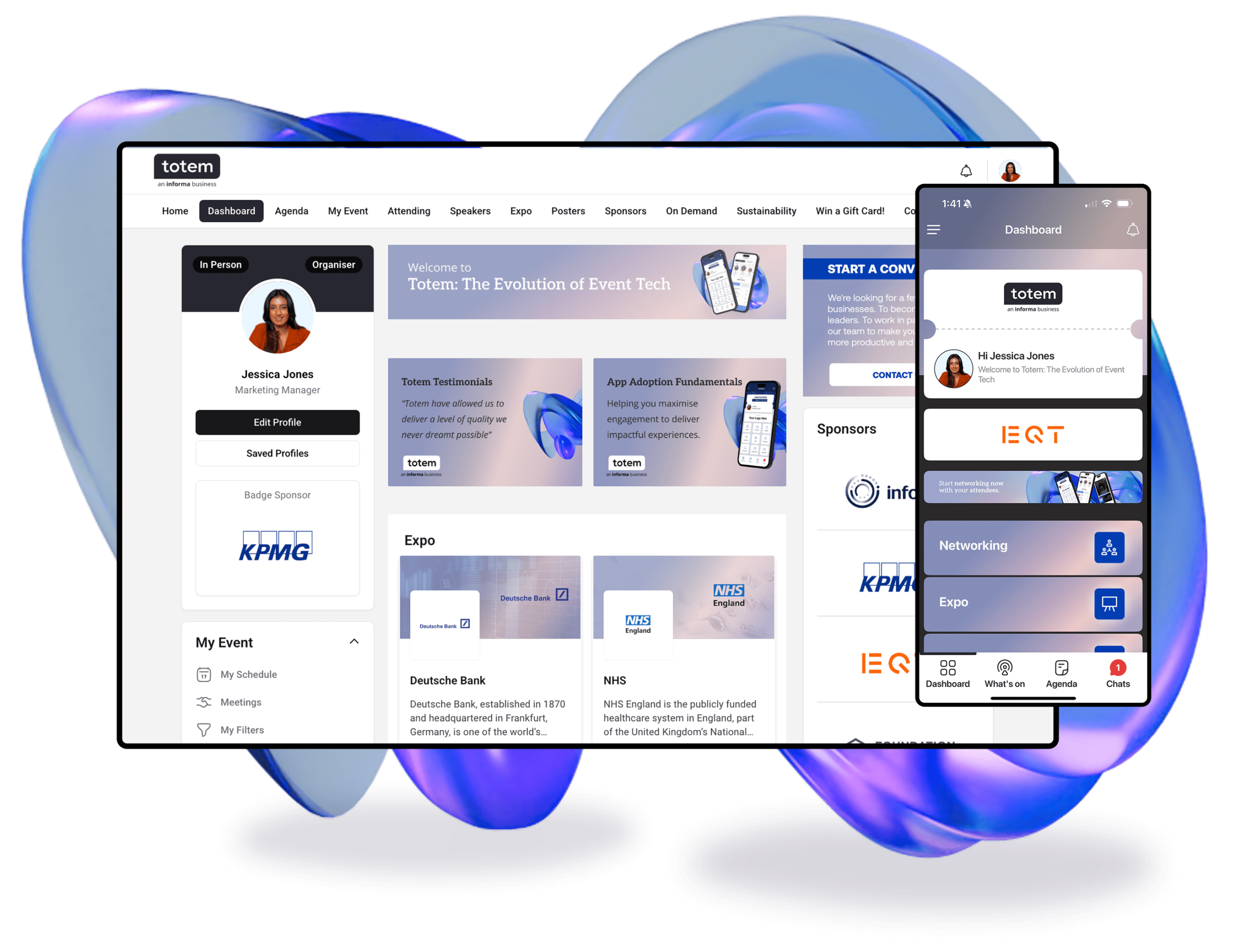
A platform built and designed by event industry experts
event experience
in 2024
events in 2024
booked in 2024
What will your event look like?
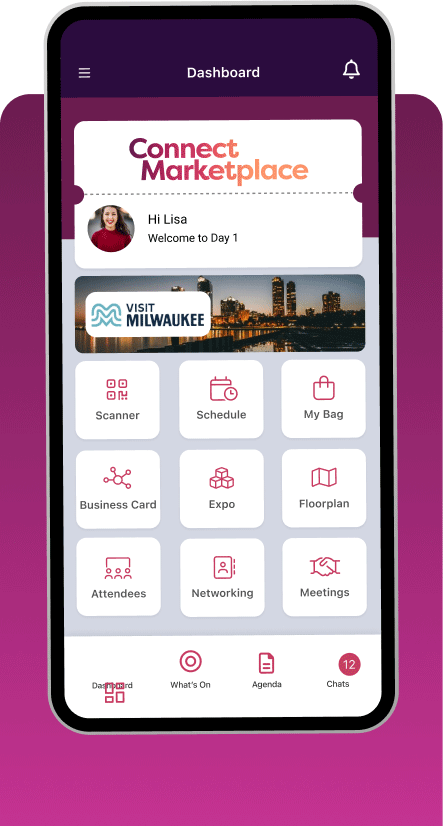
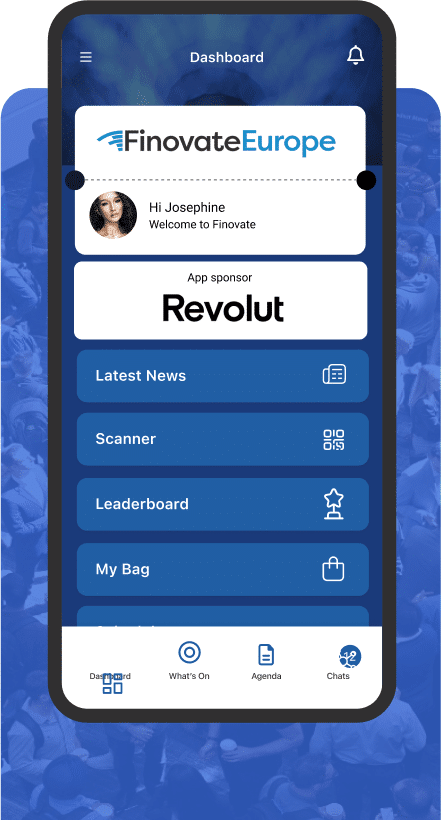
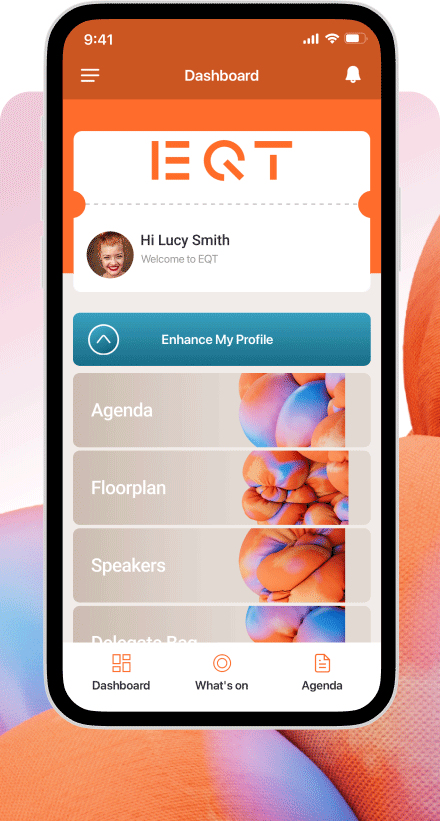
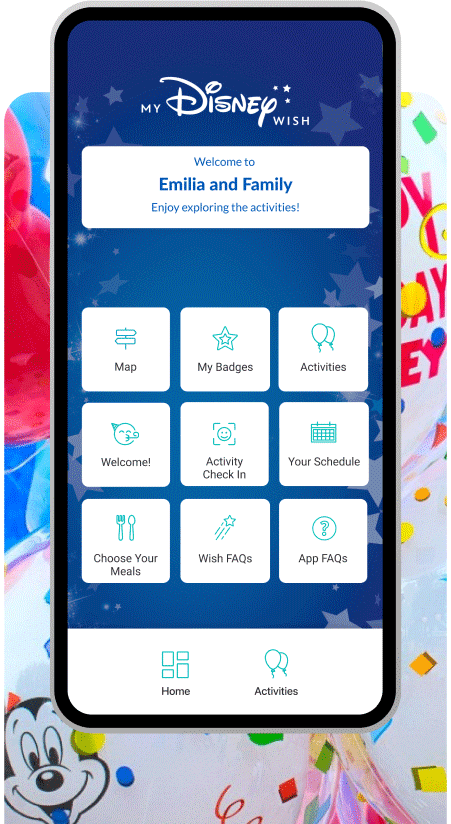
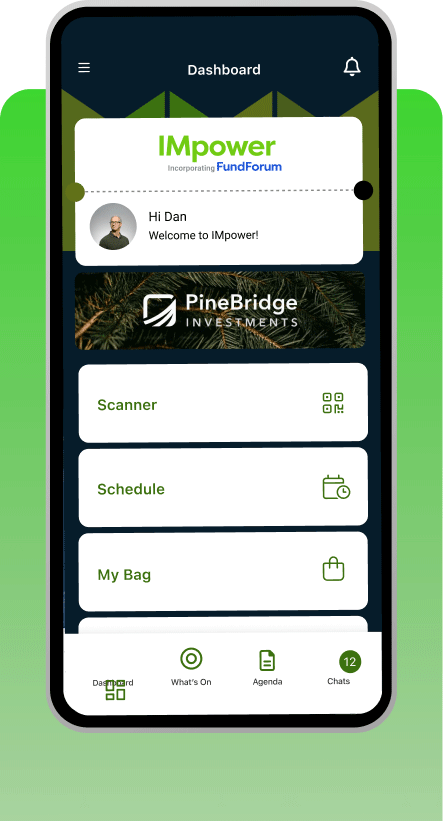
Trusted by
Globally empowering event engagement across multiple industries
Event interactions offer strategic value and help define event ROI
 Finance
Finance
 Life Sciences
Life Sciences
 Retail
Retail
 Climate Change
Climate Change
 Charity
Charity
 Health
Health
How your event benefits
A unified platform that aligns event objectives
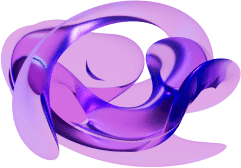
Organisers
Simplified event management and reduced administrative tasks – event registration, broadcast notifications and real-time attendee data.
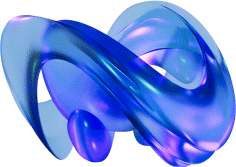
Attendees
Enhanced and more meaningful networking through KAI. A personalised experience, event navigation, personalised event guide.

Speakers
Deliver a powerful presentation by audience engagement tools, real-time audience insights, polls, Q&As so speakers can refine their delivery.

Exhibitors
Targeted lead generation through KAI recommends, interactive floorplans, interactive booths, exhibitor hub and downloadable content.

Sponsors
Identify and interact with highly relevant attendees. Audience segmentation, interactive booths, downloadable content and post event analytics.
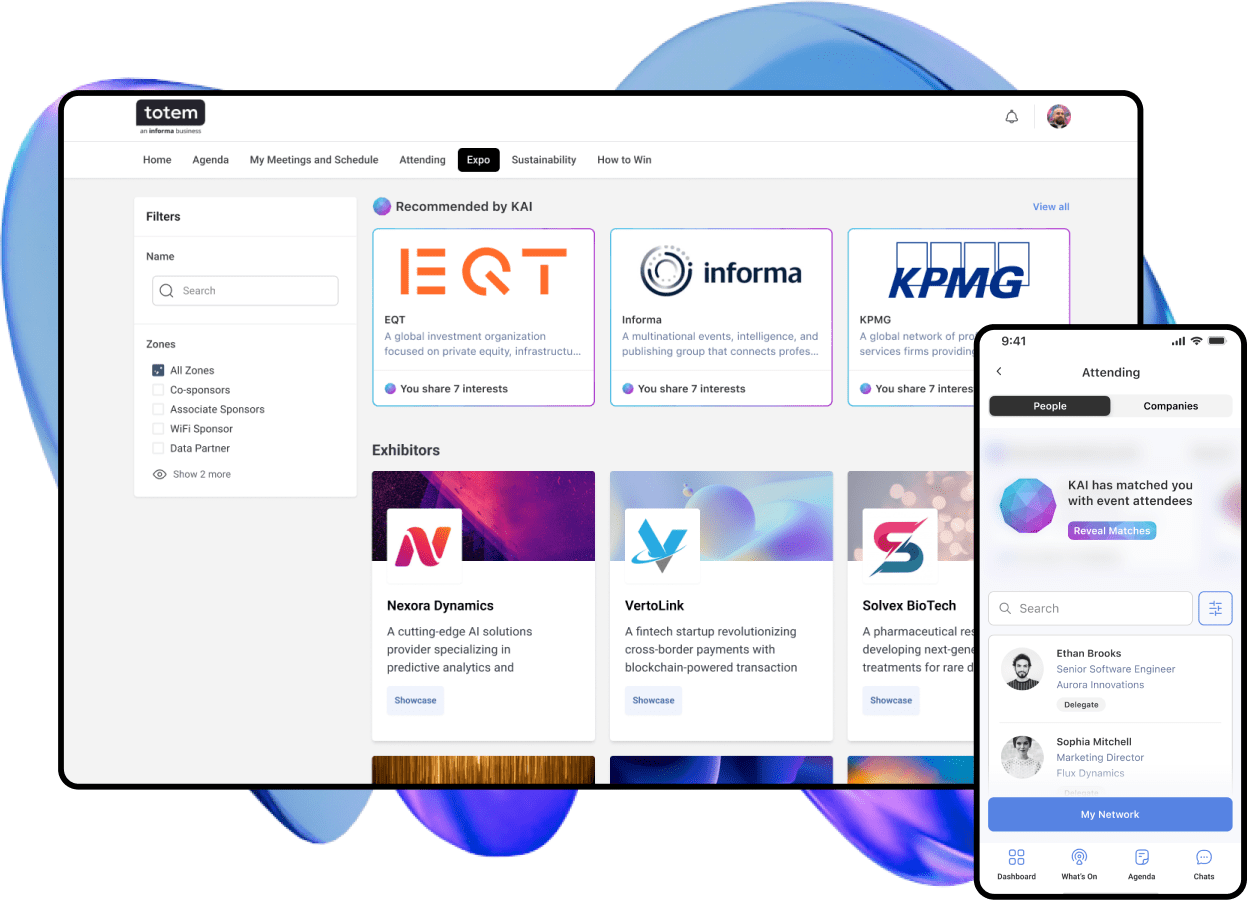
Latest Features
Allocate Meetings, our fast-track to networking, to connect like-minded attendees quickly and efficiently.
Speed networking designed to spark potential partnerships, collaborations and opportunities in record time.
Get in touch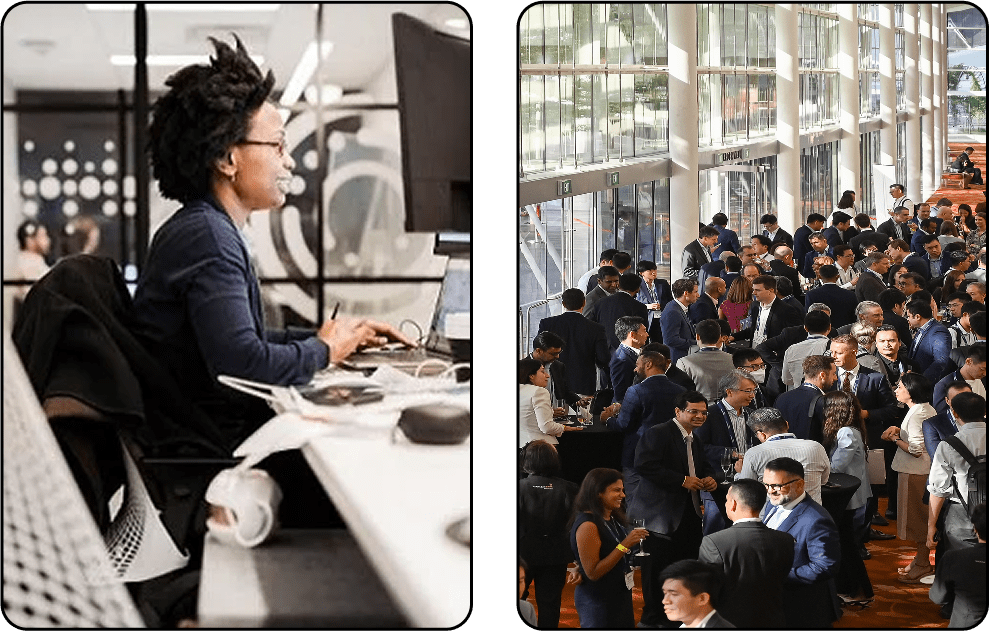

Part of the informa family
Informa is home to dozens of international brands and businesses connecting people, knowledge and ideas.
Get in touch